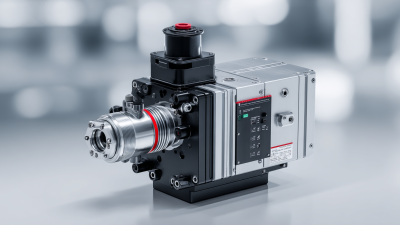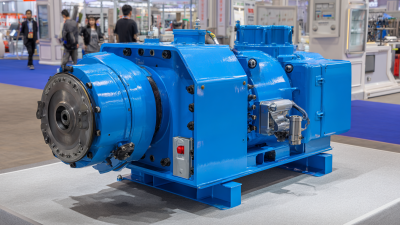
-
Home
-
Products
-
SIEMENS Gearmotor
-
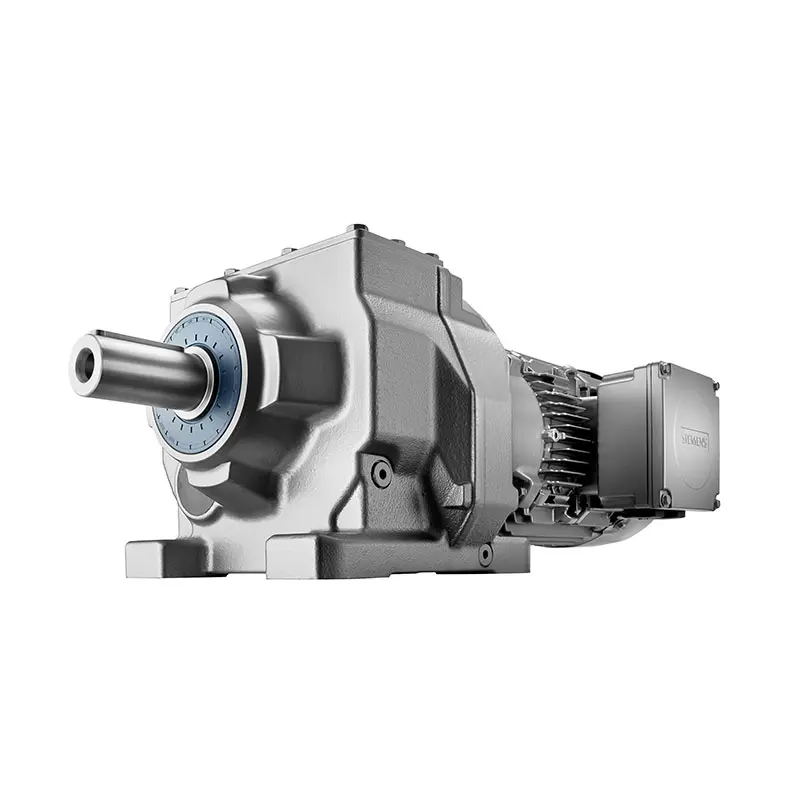 SIEMENS Helical Gearmotor Low Voltage
SIEMENS Helical Gearmotor Low Voltage -
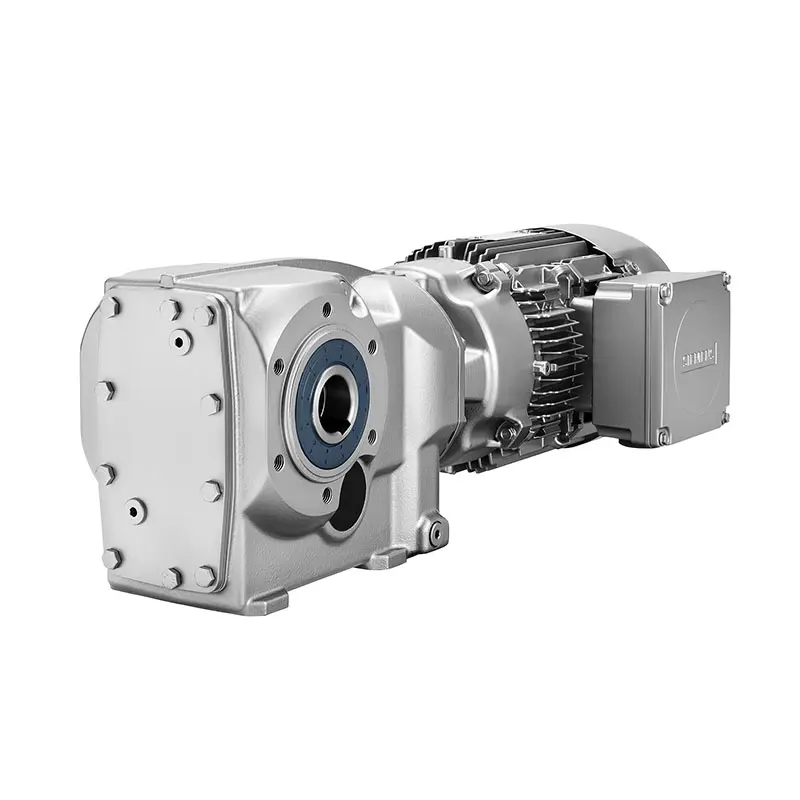 SIEMENS Bevel Helical Gearmotor
SIEMENS Bevel Helical Gearmotor -
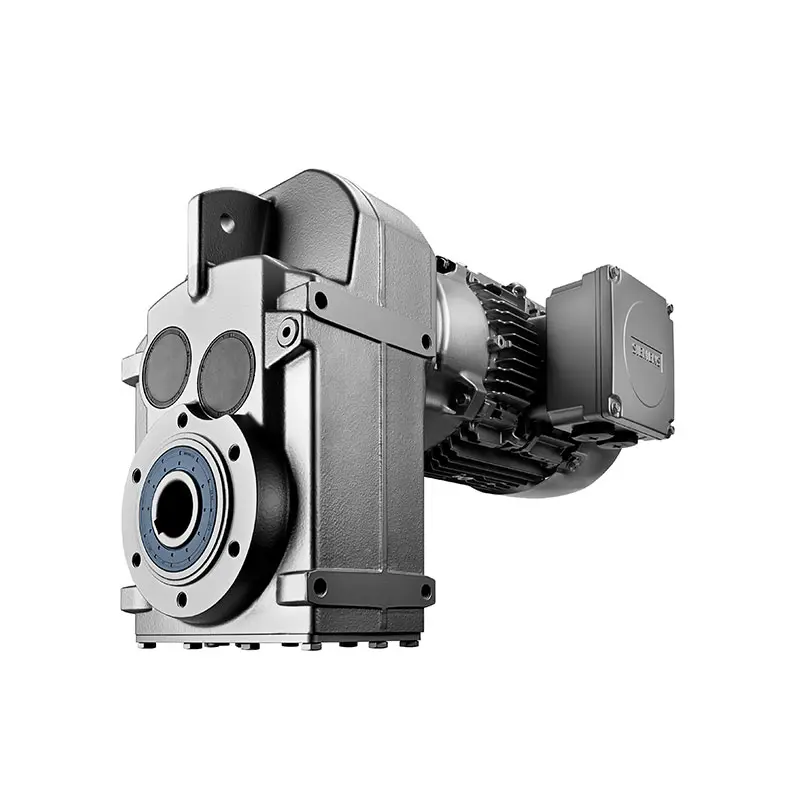 SIEMENS Parallel Shaft Gearmotor
SIEMENS Parallel Shaft Gearmotor -
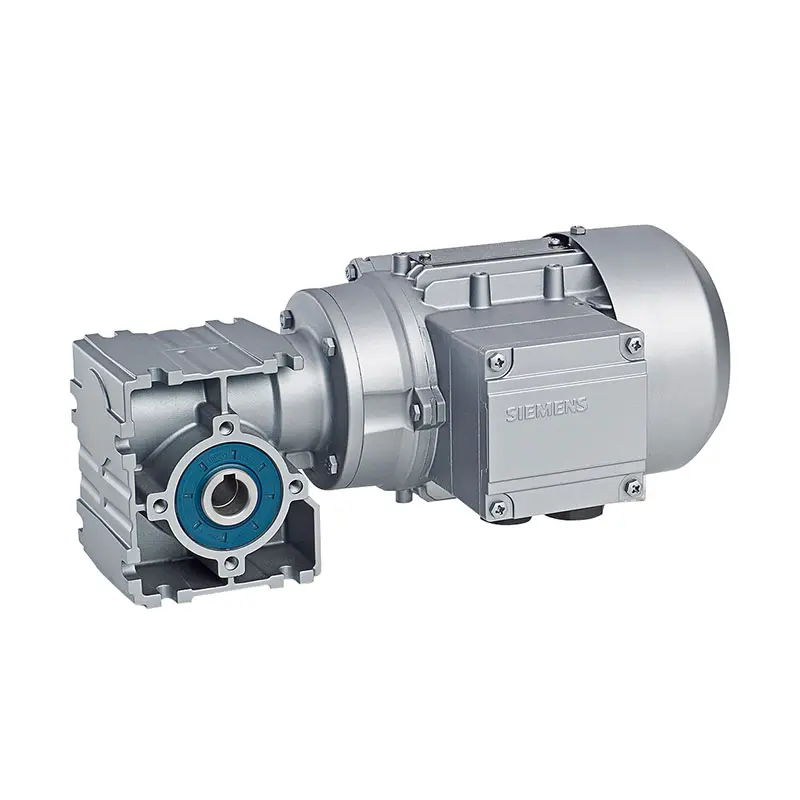 SIEMENS Worm Gearmotor Low Voltage
SIEMENS Worm Gearmotor Low Voltage -
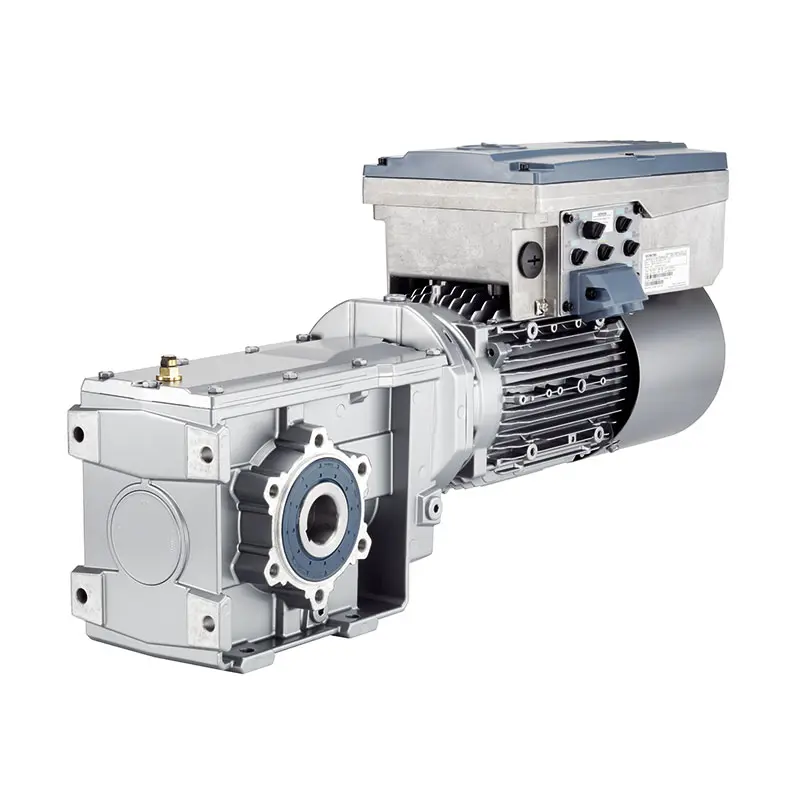 SIEMENS With Servo Motor Gearmotor
SIEMENS With Servo Motor Gearmotor -
 SIEMENS Low Voltage Motor Low Voltage
SIEMENS Low Voltage Motor Low Voltage -
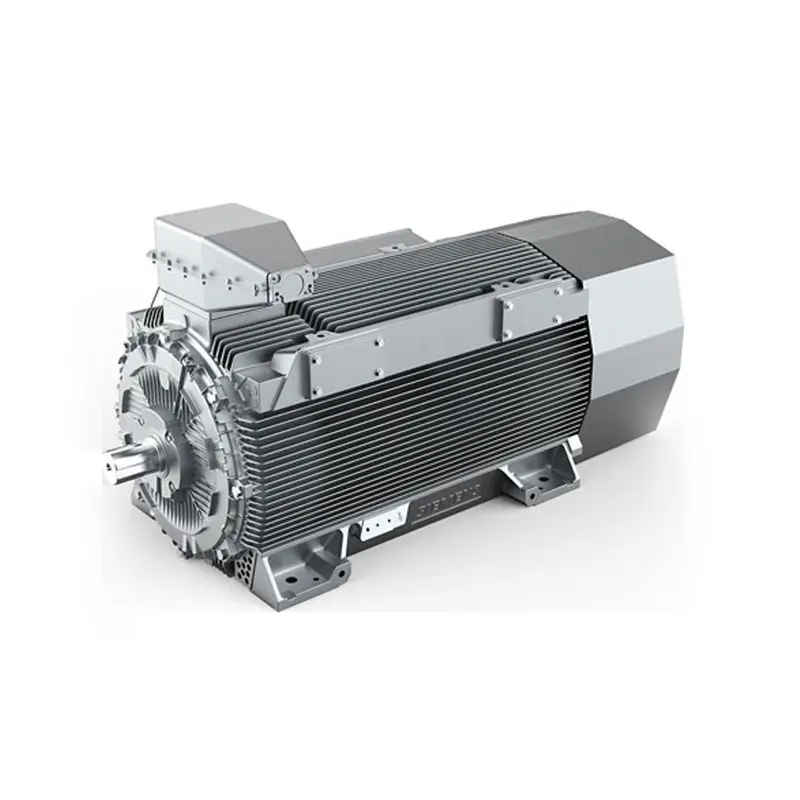 SIEMENS High Voltage Motor Low Voltage
SIEMENS High Voltage Motor Low Voltage -
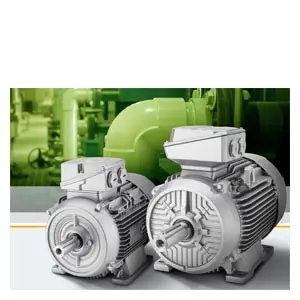 SIEMENS Marine Motor Low Voltage
SIEMENS Marine Motor Low Voltage -
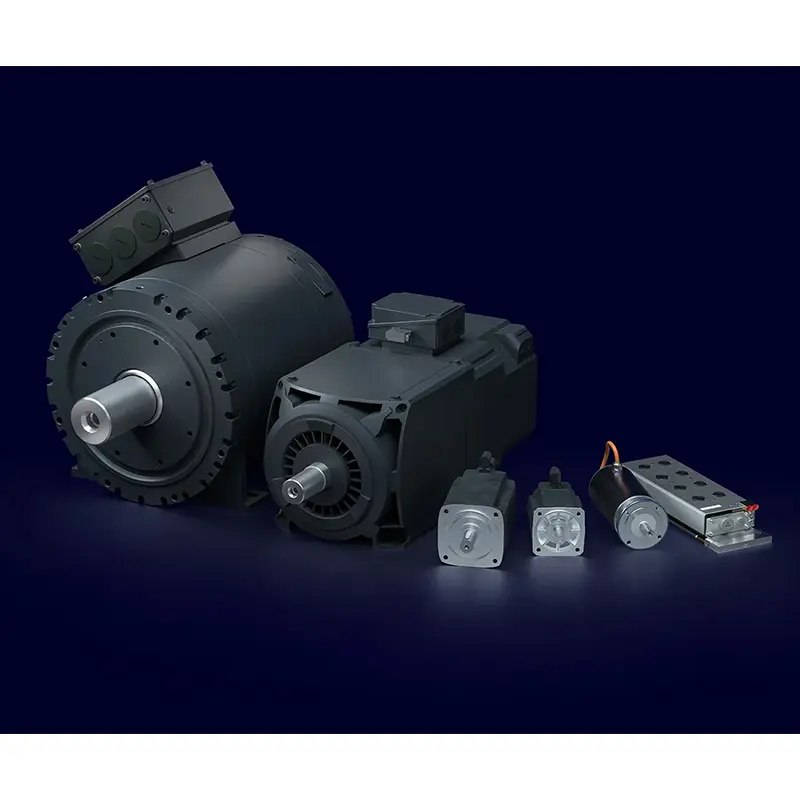 SIEMENS Servo Motor Low Voltage
SIEMENS Servo Motor Low Voltage -
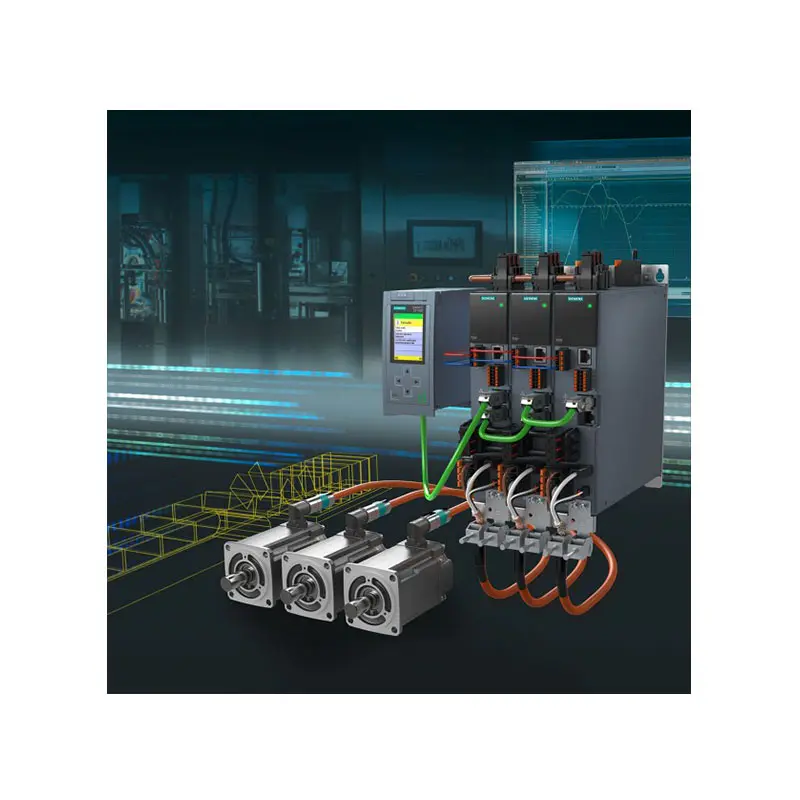 SIEMENS SINAMICS S210 Low Voltage
SIEMENS SINAMICS S210 Low Voltage -
 SIEMENS SINAMICS S150 Low Voltage
SIEMENS SINAMICS S150 Low Voltage -
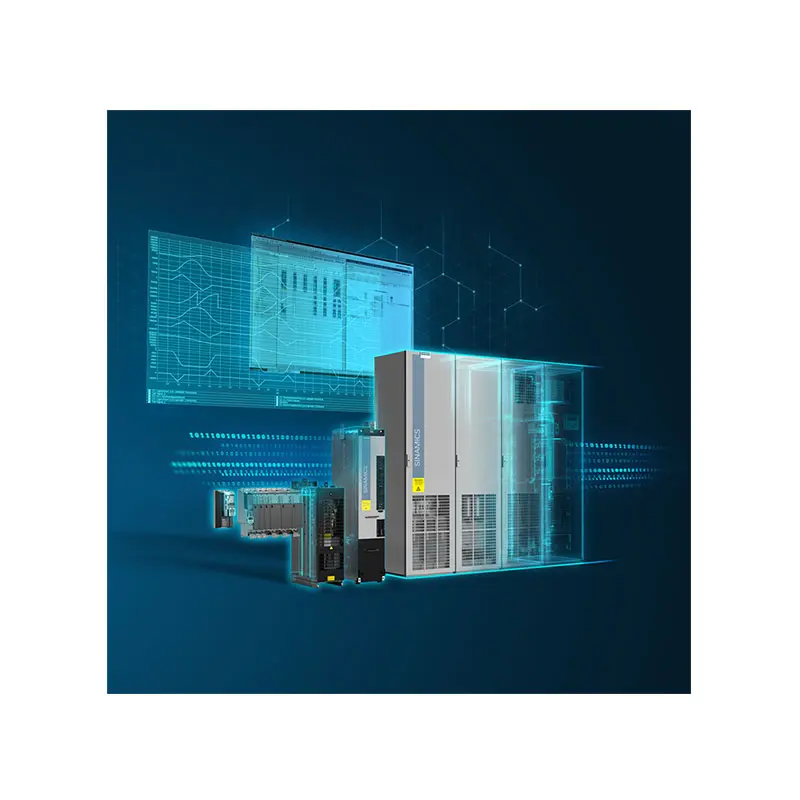 SIEMENS SINAMICS S120 Low Voltage
SIEMENS SINAMICS S120 Low Voltage -
 SIEMENS SINAMICS G130/G150
SIEMENS SINAMICS G130/G150 -
 SIEMENS SINAMICS G120 Low Voltage
SIEMENS SINAMICS G120 Low Voltage -
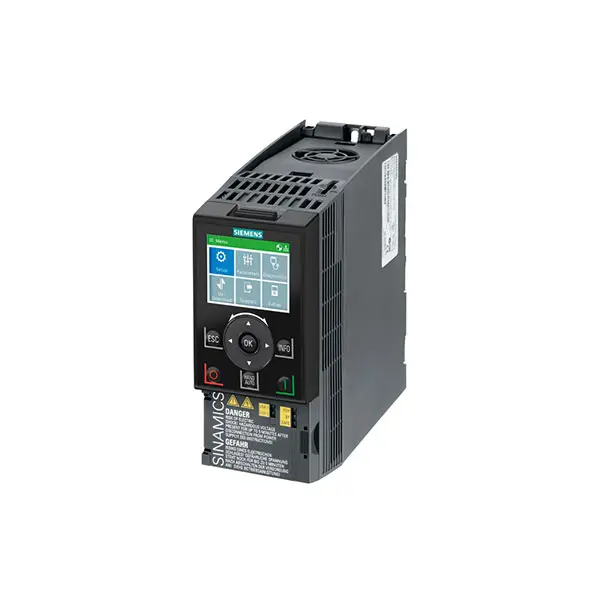 SIEMENS SINAMICS G120C Low Voltage
SIEMENS SINAMICS G120C Low Voltage -
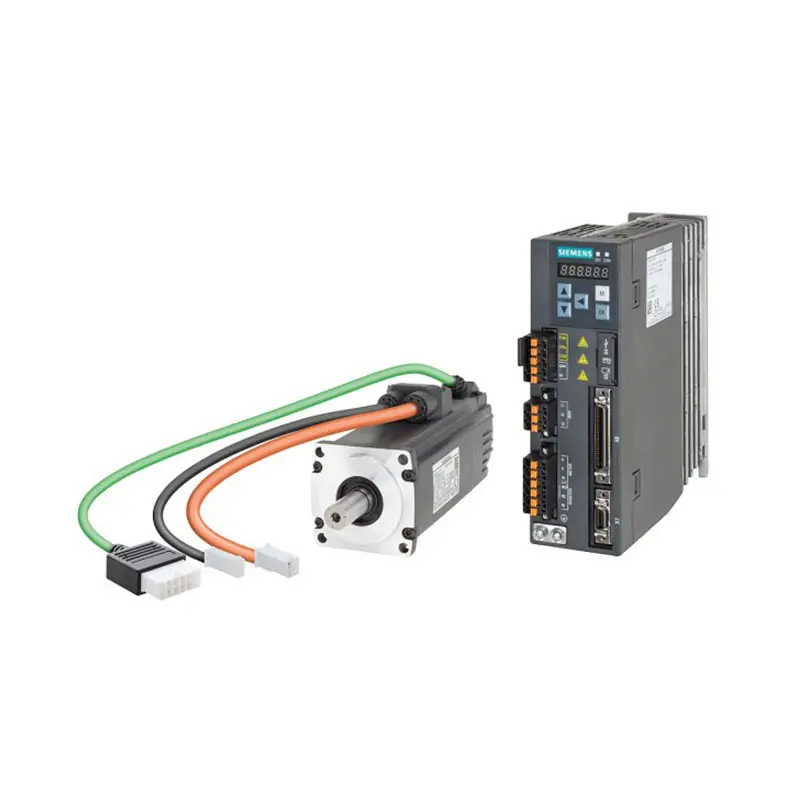 SIEMENS SINAMICS V90
SIEMENS SINAMICS V90 -
 SIEMENS SINAMICS V70 Low Voltage
SIEMENS SINAMICS V70 Low Voltage
-
-
 FLENDER Gear Unit
FLENDER Gear Unit -
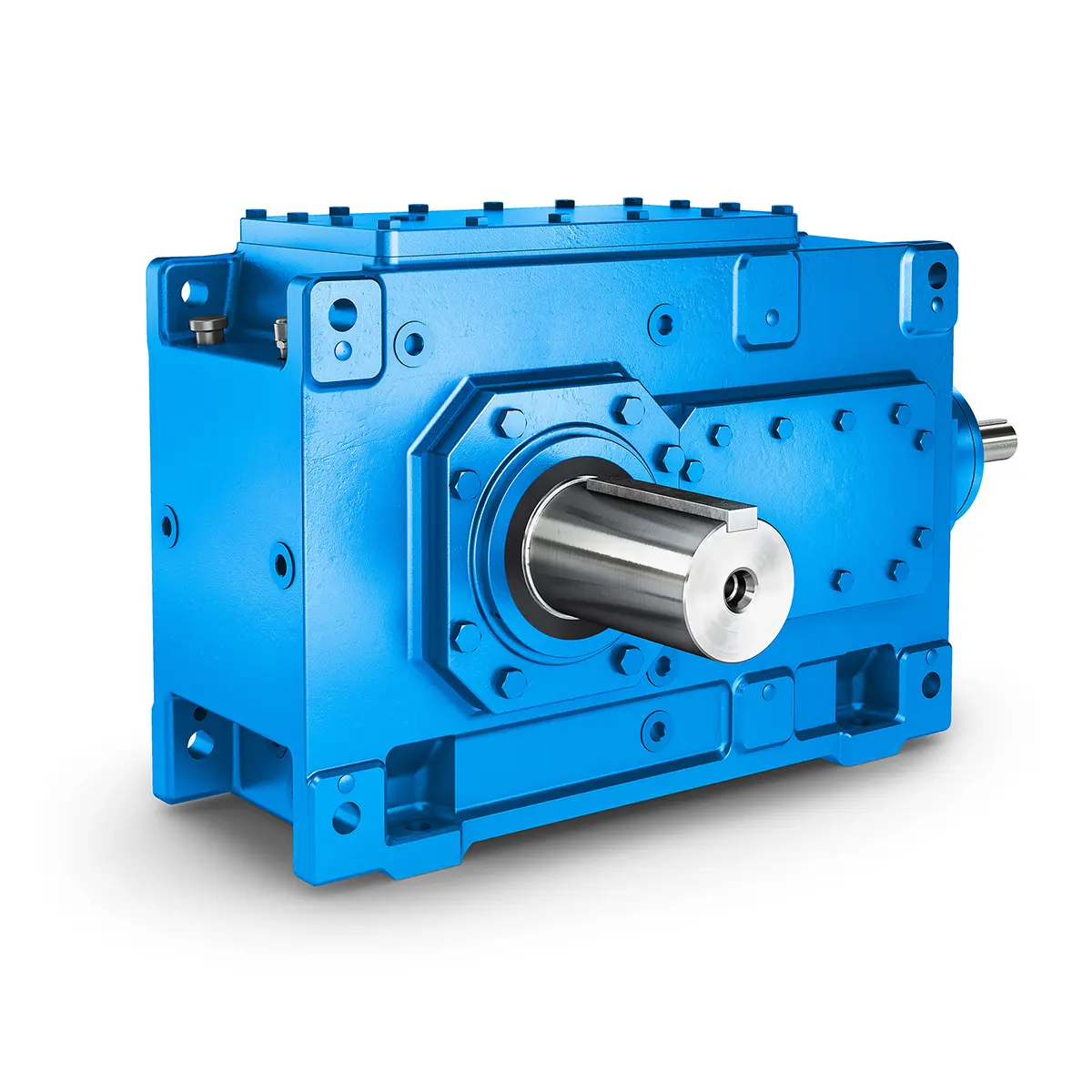 FLENDER Helical Gear Unit
FLENDER Helical Gear Unit -
 Flender gear units for lifting and luffing gears
Flender gear units for lifting and luffing gears -
 FLENDER Gear Unit gearunit gearbox
FLENDER Gear Unit gearunit gearbox -
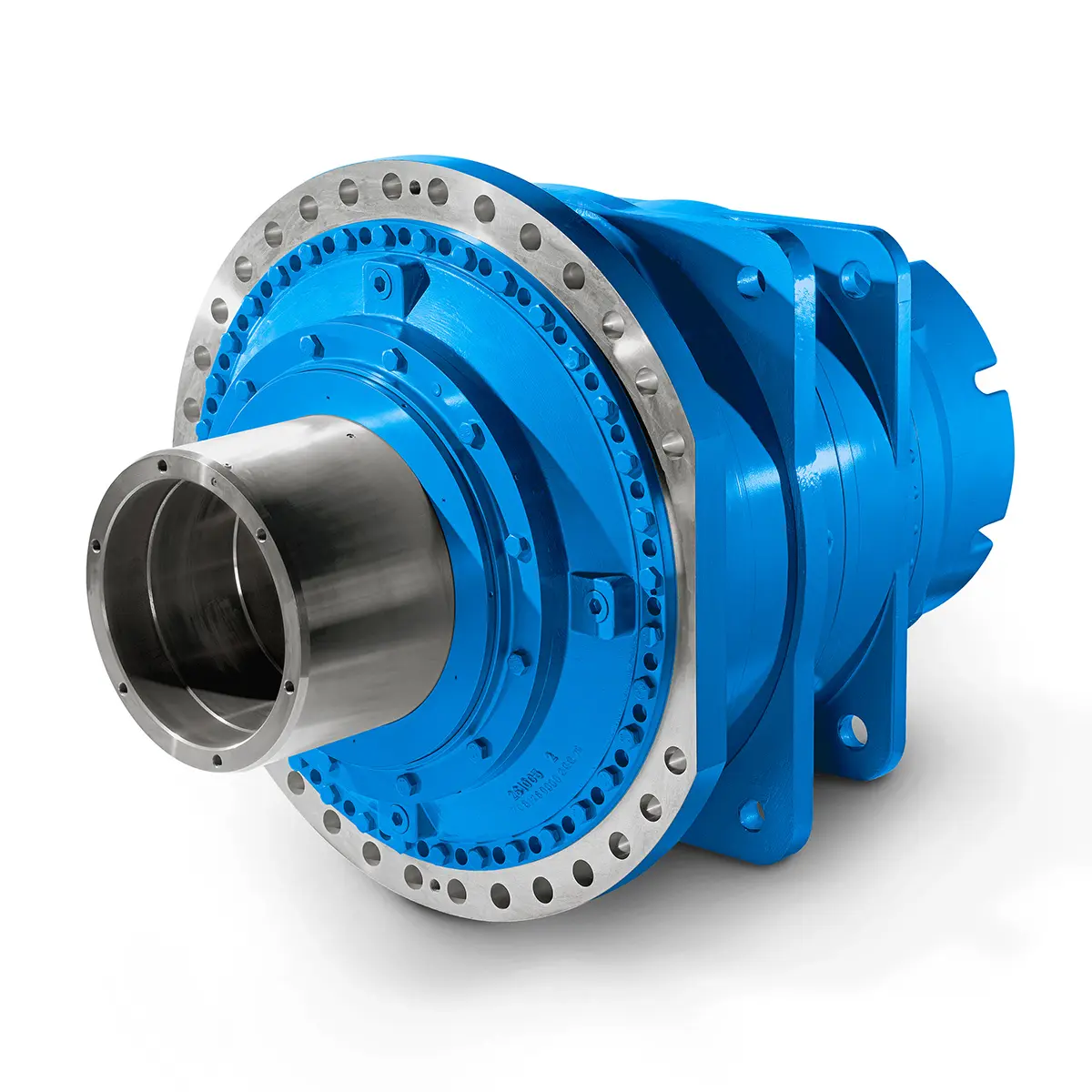 Optimal Drive Solution For Maximum Performance
Optimal Drive Solution For Maximum Performance -
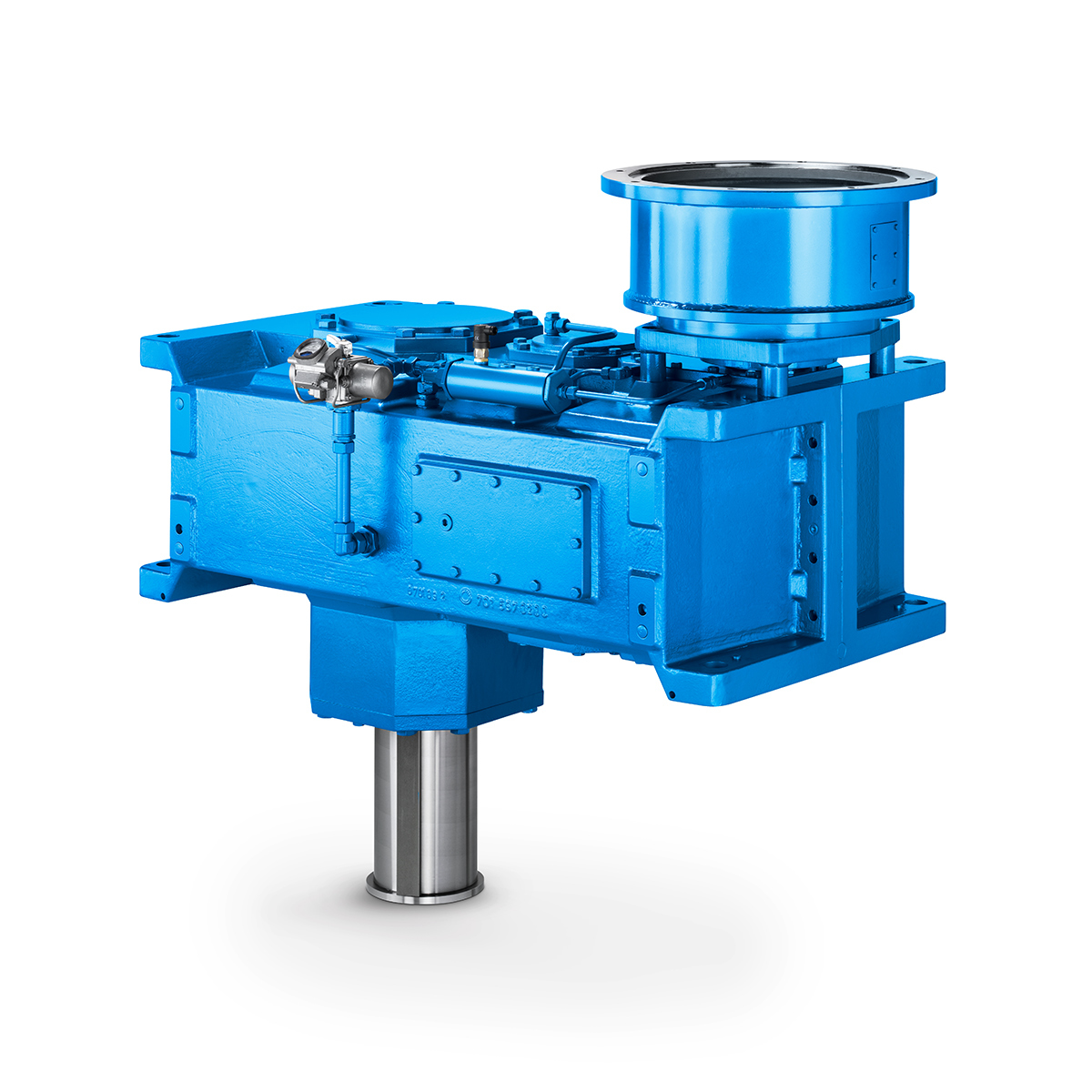 Strongly operating against biodegradable constituents
Strongly operating against biodegradable constituents -
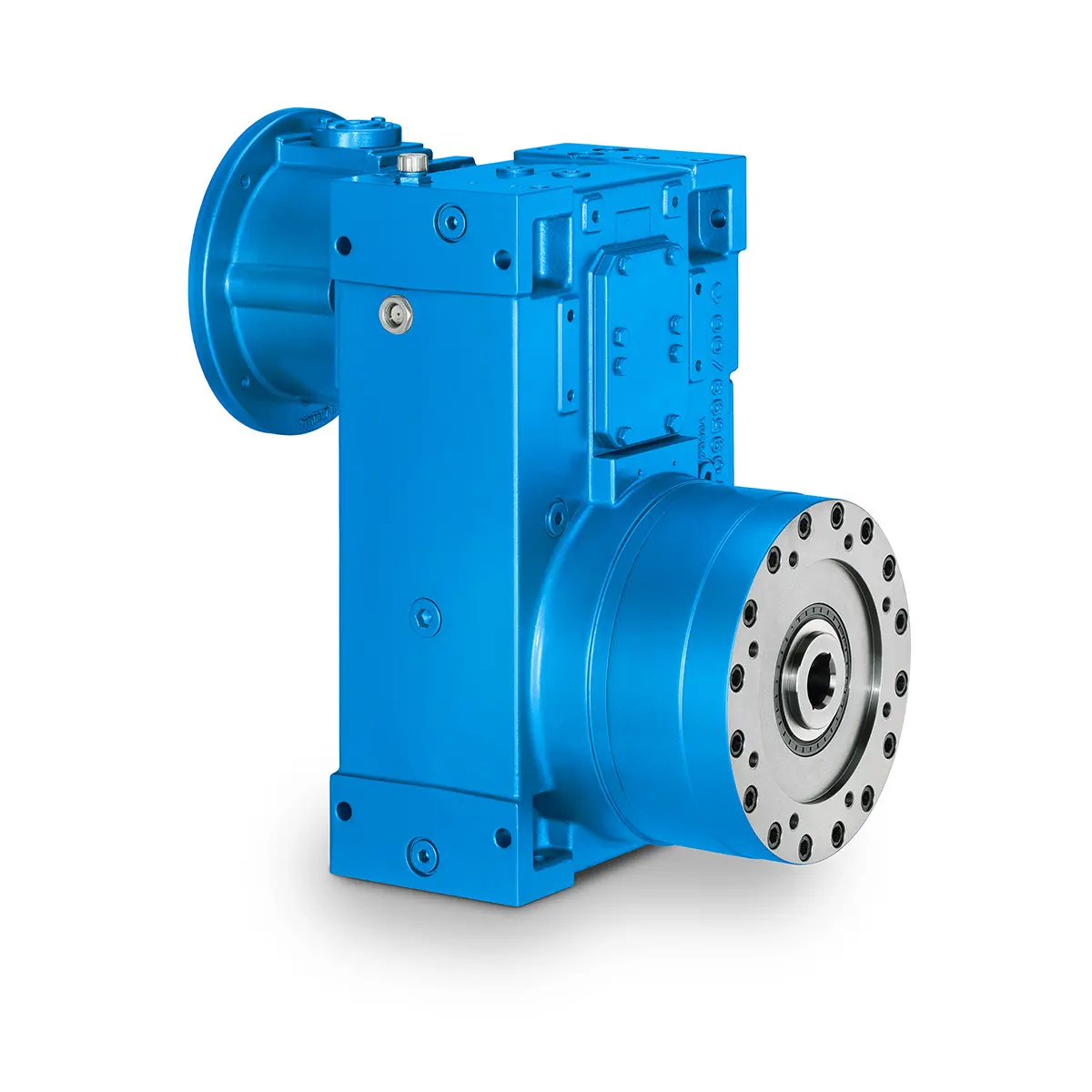 SINGLE SCREW Special industry dedicated gearunit gearbox
SINGLE SCREW Special industry dedicated gearunit gearbox -
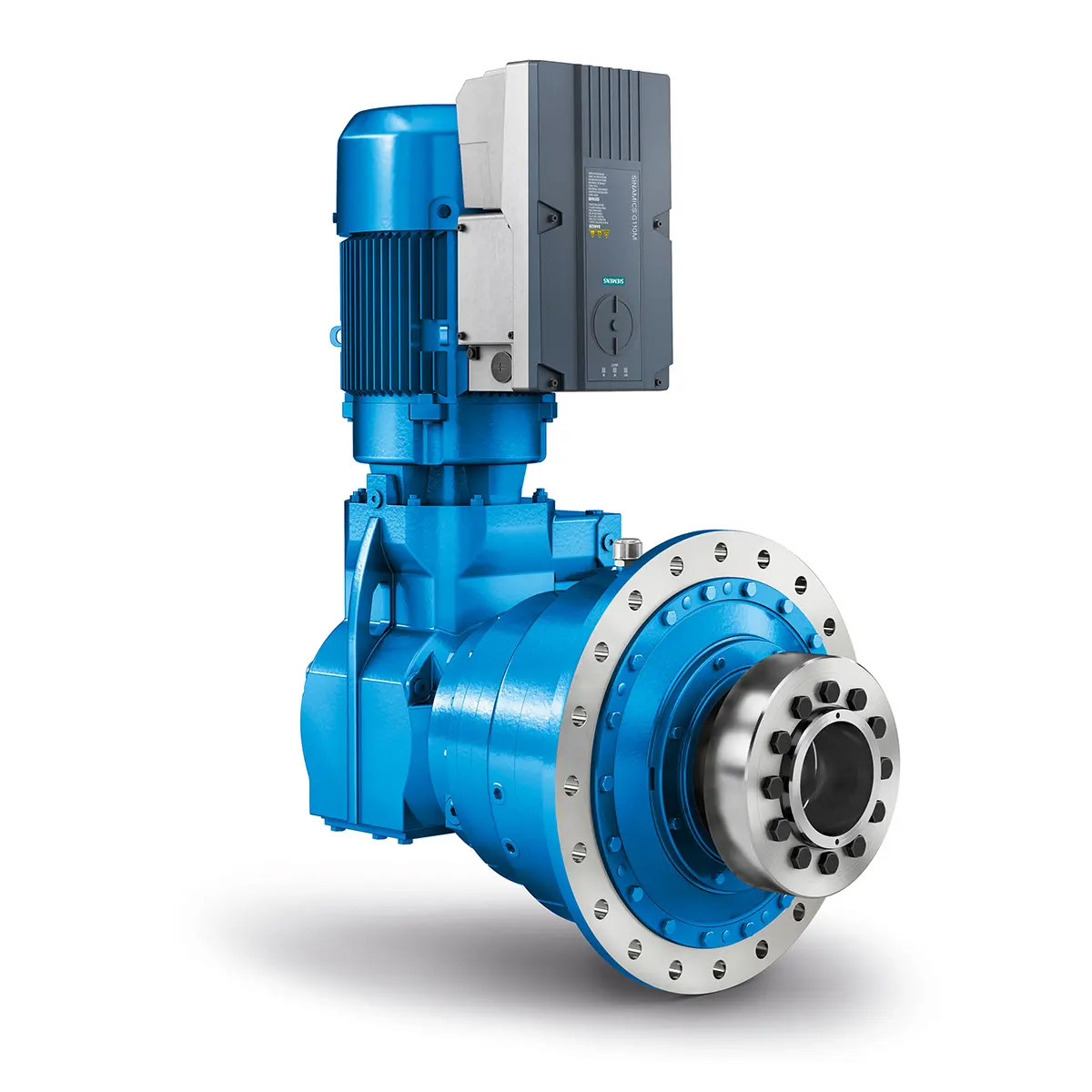 Playmaker In The Premium League
Playmaker In The Premium League -
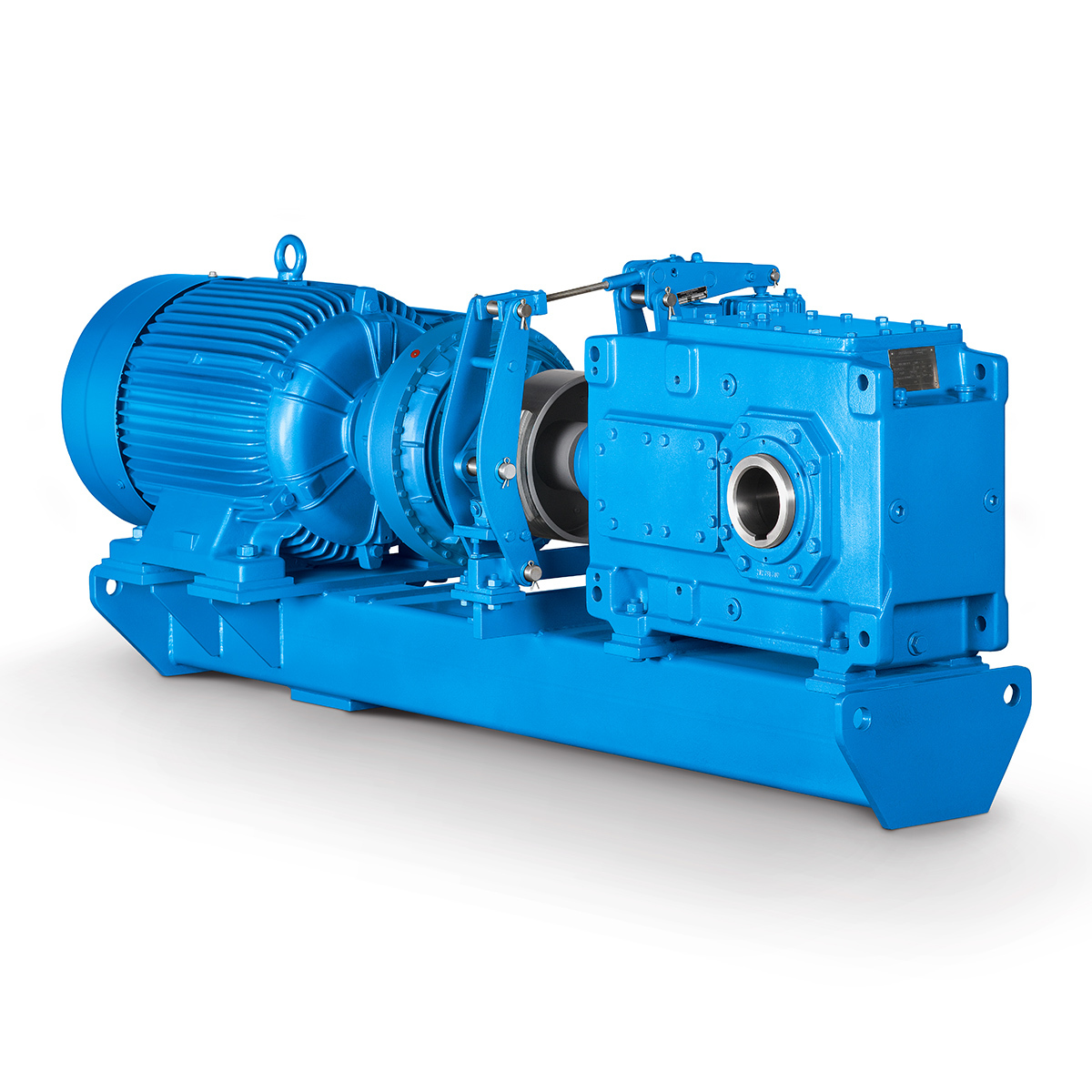 Conveyor belts gearunit gearbox
Conveyor belts gearunit gearbox -
 Paper And Pulp Preparation Sections
Paper And Pulp Preparation Sections -
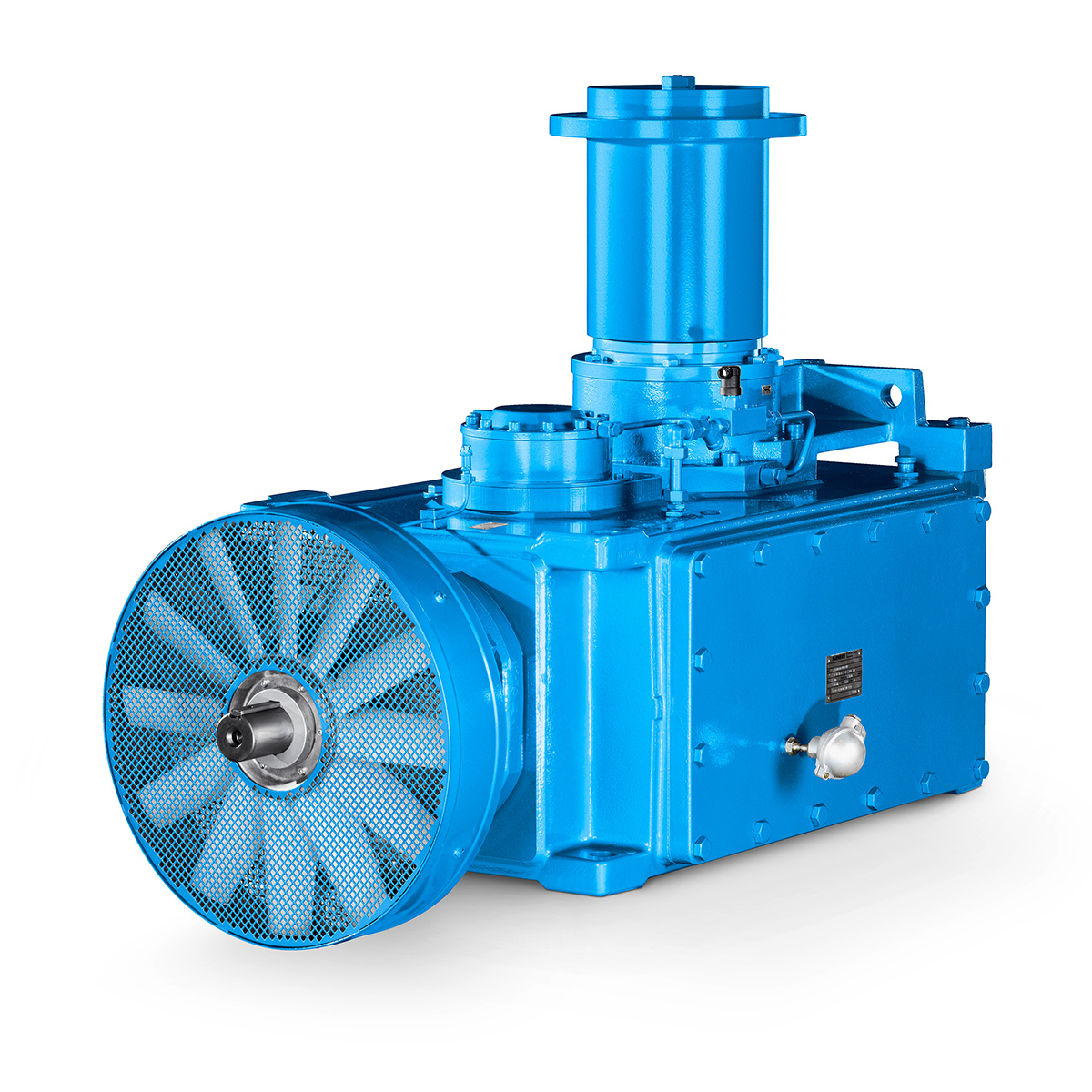 Operational Reliability Even In Case Of The Highest Ventilation Forces
Operational Reliability Even In Case Of The Highest Ventilation Forces -
 Reliable Gear Units For High Performance Vertical Conveyors 59/200
Reliable Gear Units For High Performance Vertical Conveyors 59/200 -
 Maximum power density – PLANUREX 3 L individual drives for your sugar cane mill
Maximum power density – PLANUREX 3 L individual drives for your sugar cane mill -
 The proven all rounder gearunit gearbox
The proven all rounder gearunit gearbox -
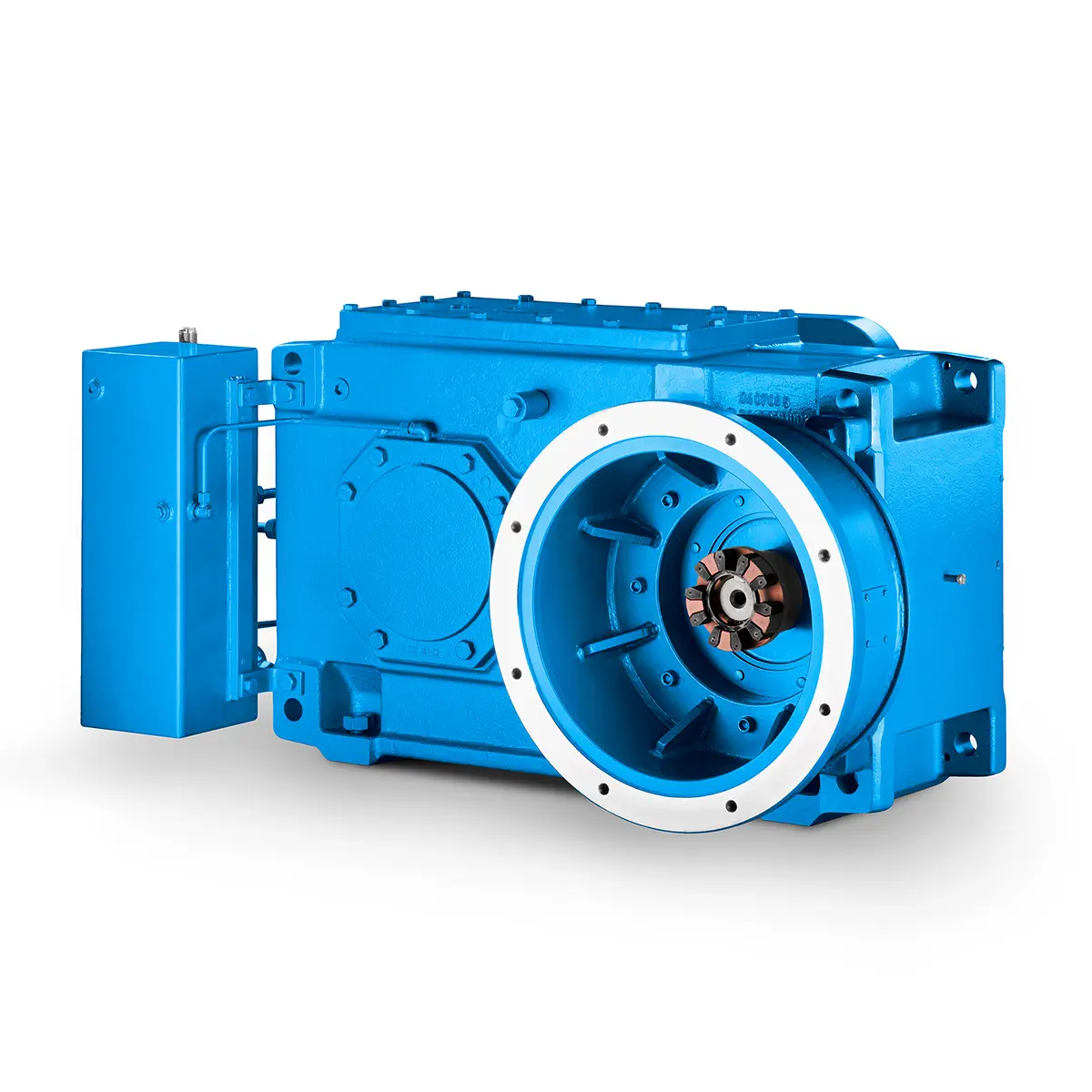 Stirs and stirs and stirs gearunit gearbox
Stirs and stirs and stirs gearunit gearbox -
 Flexibility on Board gearunit gearbox
Flexibility on Board gearunit gearbox -
 The right gearbox for all Multi-Engine Ships
The right gearbox for all Multi-Engine Ships -
 Reliable Power Generation on board
Reliable Power Generation on board -
 Maximum performance level, fast deliverable
Maximum performance level, fast deliverable -
 Efficient and compact – FLENDER Gear Units for Sugar Mills
Efficient and compact – FLENDER Gear Units for Sugar Mills -
 Extremely strong. Extremely compact. Extremely stressable.
Extremely strong. Extremely compact. Extremely stressable.
-
-
 FLENDER Coupling
FLENDER Coupling -
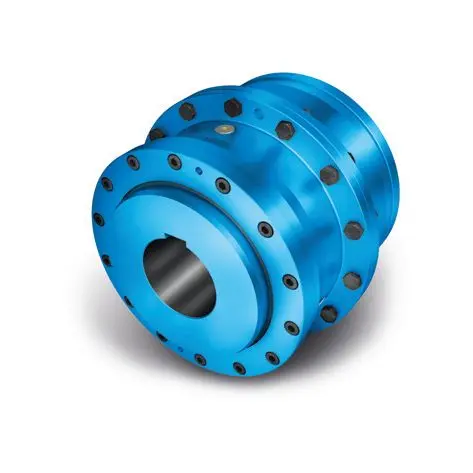 ZAPEX ZW Torsionally Rigid Gear Coupling
ZAPEX ZW Torsionally Rigid Gear Coupling -
 ZAPEX ZN Torsionally Rigid Gear Coupling
ZAPEX ZN Torsionally Rigid Gear Coupling -
 N-EUPEX Flexible high performance Coupling
N-EUPEX Flexible high performance Coupling -
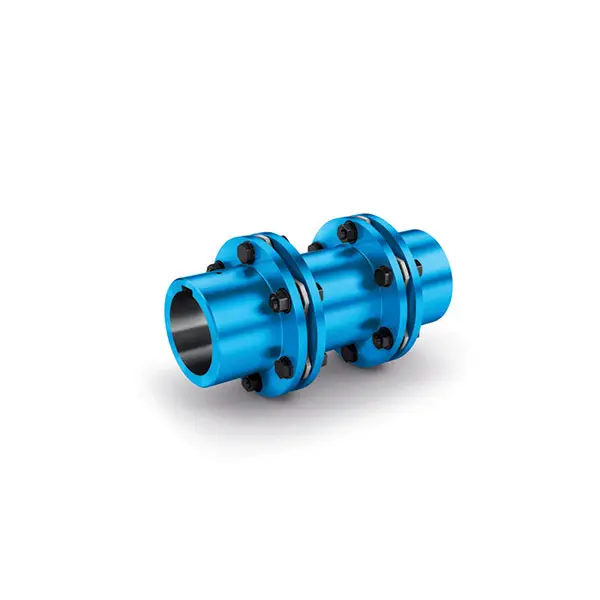 N-ARPEX Torsionally Rigid All-Steel Coupling
N-ARPEX Torsionally Rigid All-Steel Coupling -
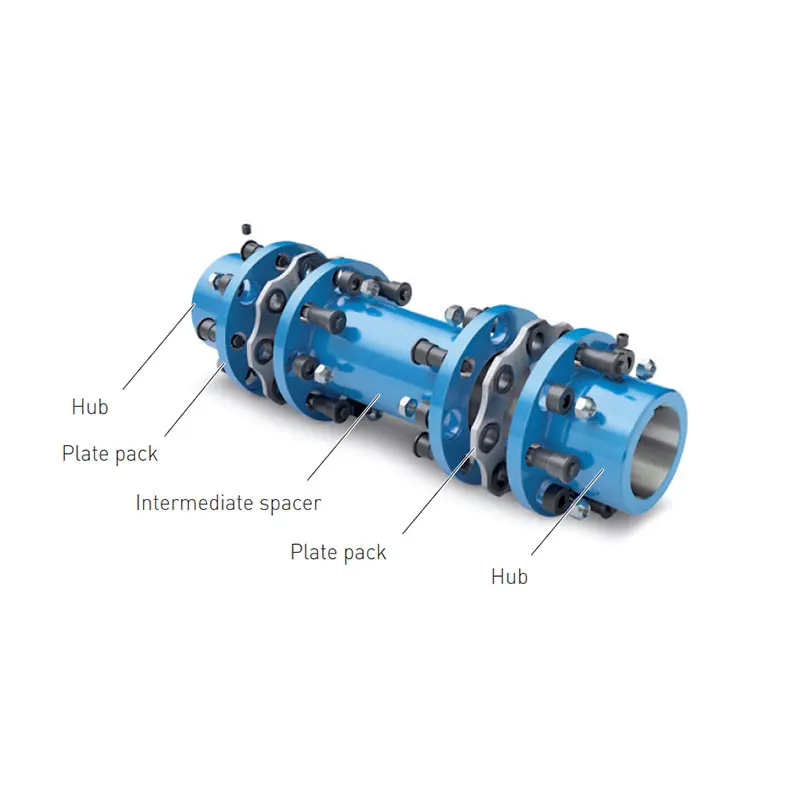 ARPEX Torsionally Rigid All-Steel Coupling Spare and Parts
ARPEX Torsionally Rigid All-Steel Coupling Spare and Parts -
 N-EUPEX DS Flexible High Performance Coupling
N-EUPEX DS Flexible High Performance Coupling -
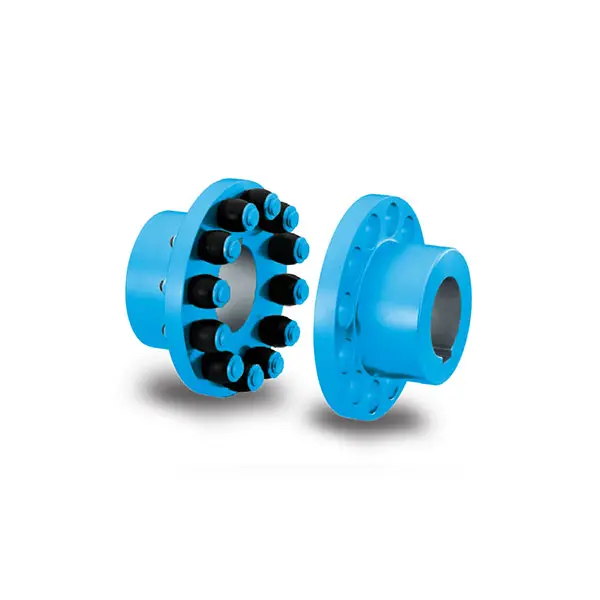 RUPEX Flexible high performance Coupling
RUPEX Flexible high performance Coupling -
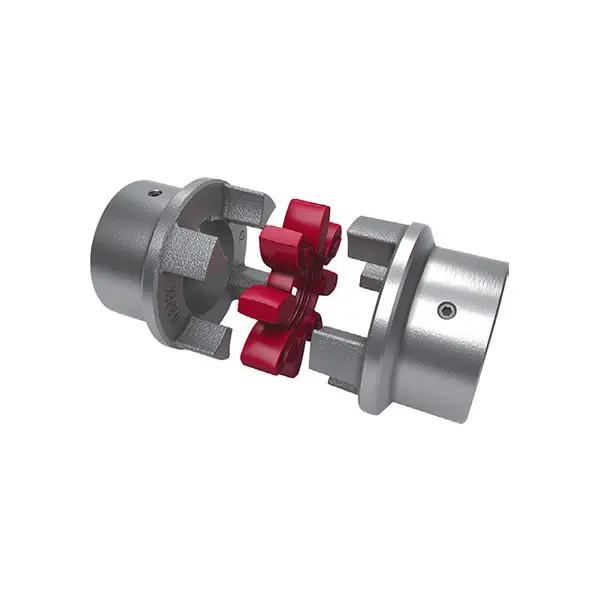 N BIPEX Flexible high performance coupling
N BIPEX Flexible high performance coupling -
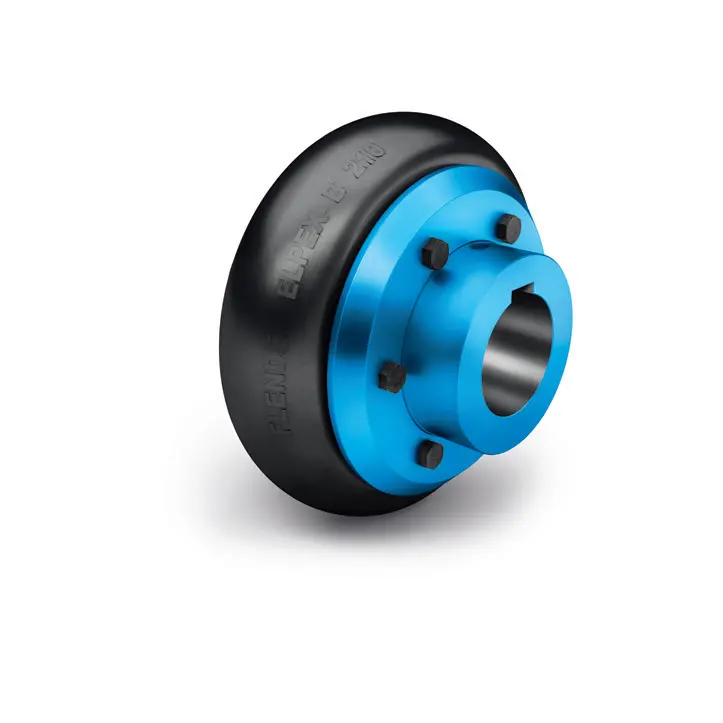 ELPEX B Highly Flexible Coupling
ELPEX B Highly Flexible Coupling -
 ELPEX S Highly Flexible Coupling high performance
ELPEX S Highly Flexible Coupling high performance -
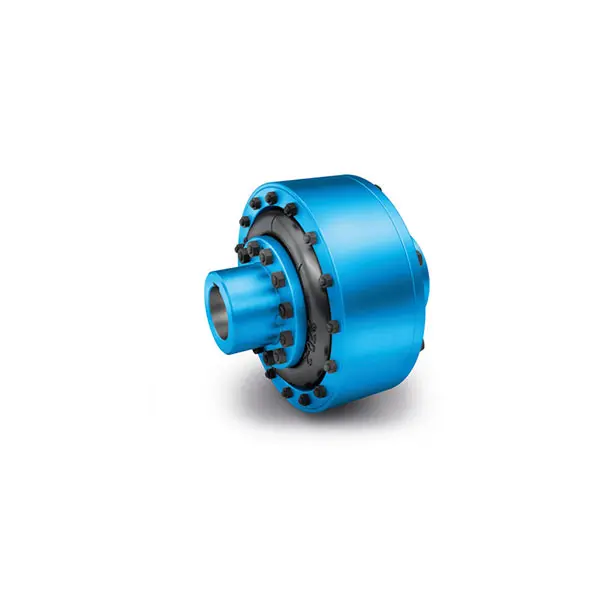 ELPEX Highly Flexible Coupling high performance
ELPEX Highly Flexible Coupling high performance -
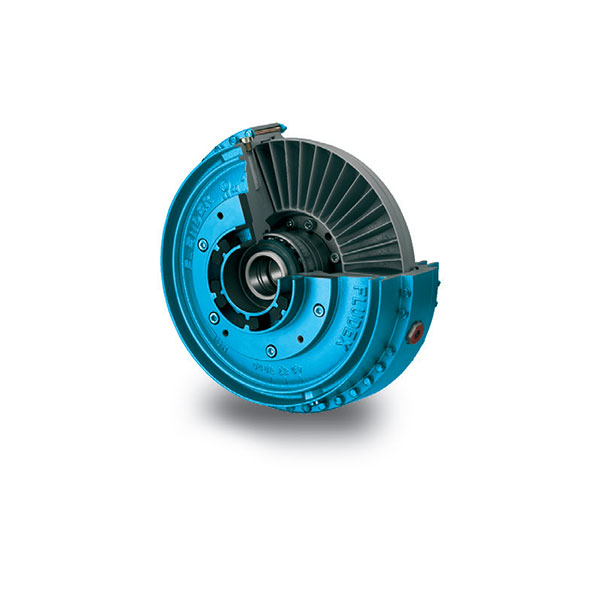 FLUDEX Fluid Coupling high performance
FLUDEX Fluid Coupling high performance -
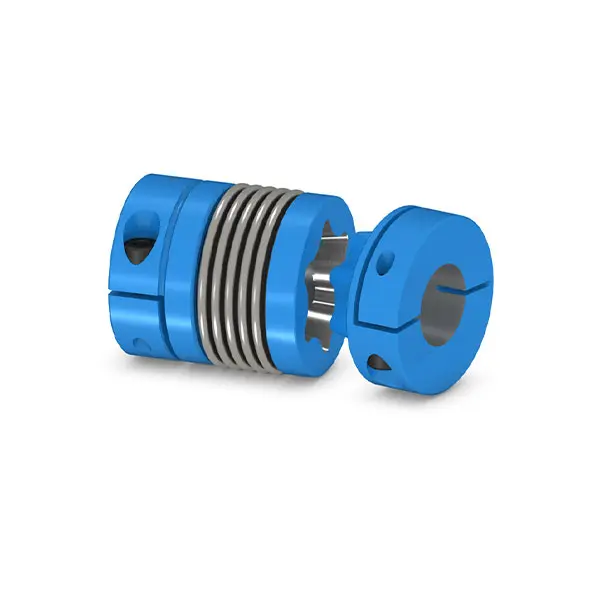 SIPEX Backlash free Coupling high performance
SIPEX Backlash free Coupling high performance -
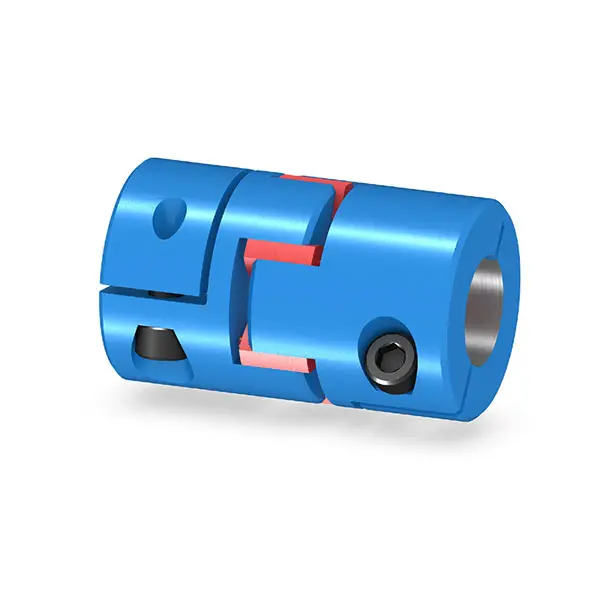 BIPEX S Backlash free Coupling high performance
BIPEX S Backlash free Coupling high performance -
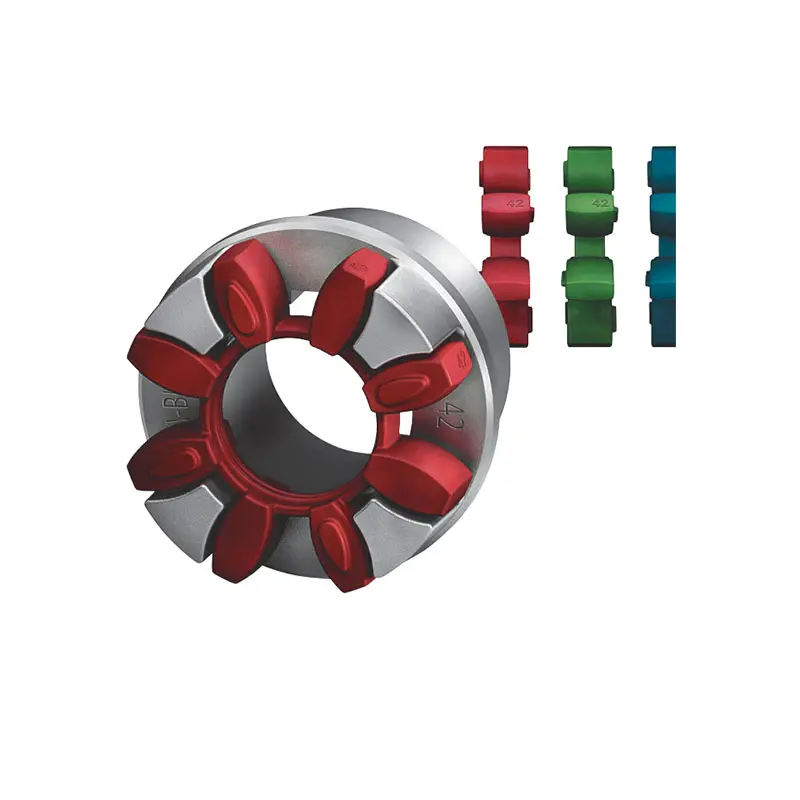 FLENDER Coupling Spare Parts high performance
FLENDER Coupling Spare Parts high performance
-
-
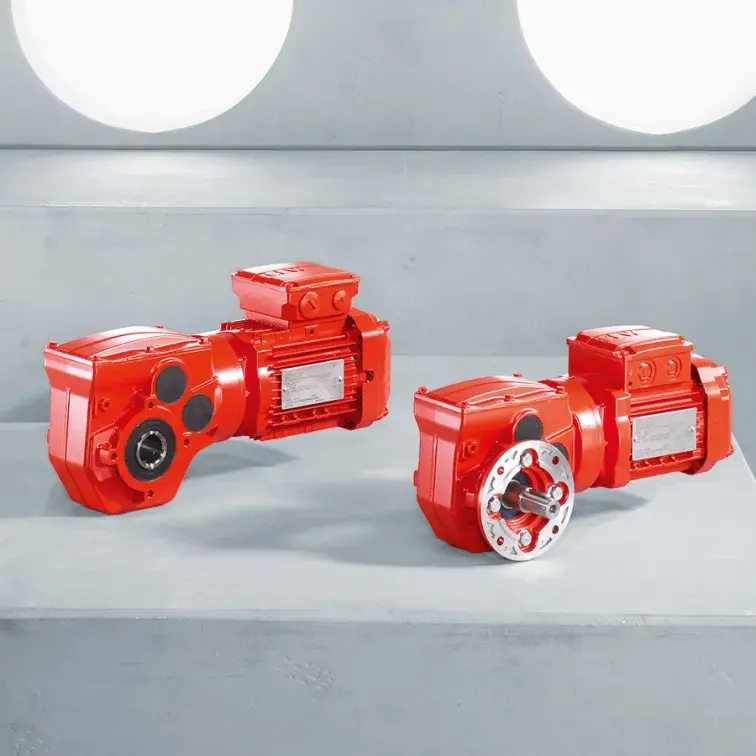 SEW Gearmotor
SEW Gearmotor
-
-
Our Company
-
News
-
Case
-
Contact Us
Leave Your Message
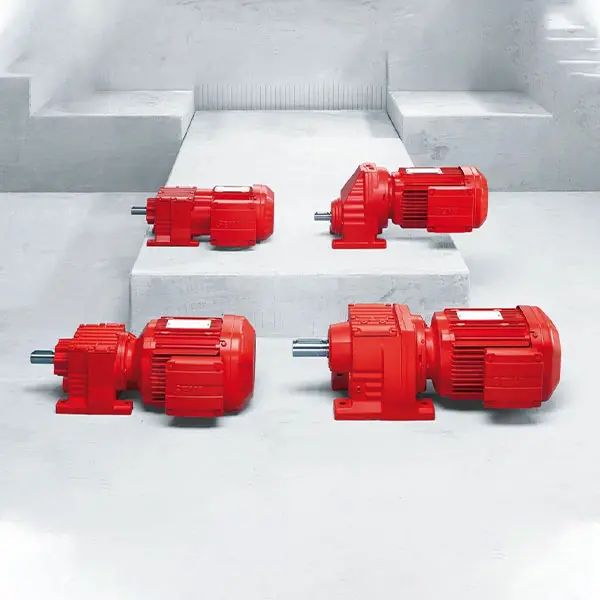 R Series Helical Gearmotor low voltage
R Series Helical Gearmotor low voltage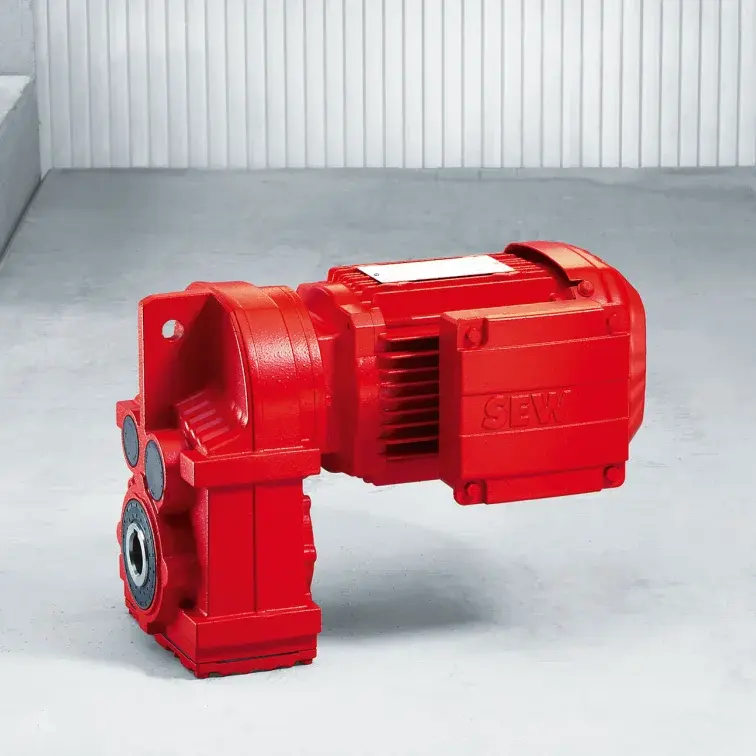 F Series Parallel Shaft Gearmotor low voltage
F Series Parallel Shaft Gearmotor low voltage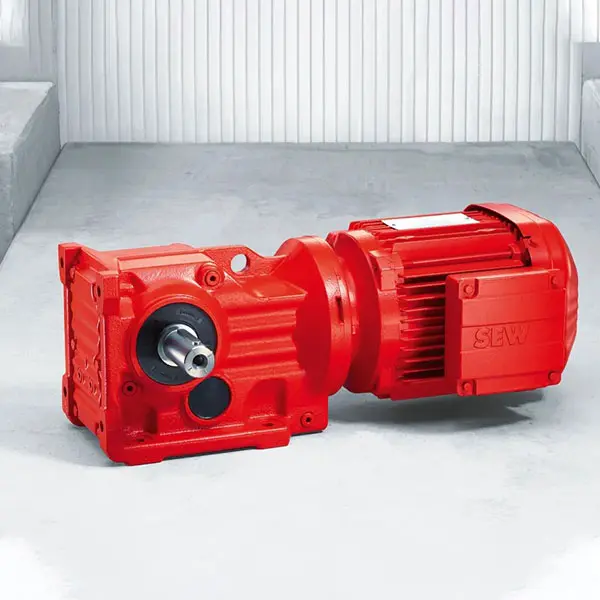 K Series Helical Bevel Gearmotor low voltage
K Series Helical Bevel Gearmotor low voltage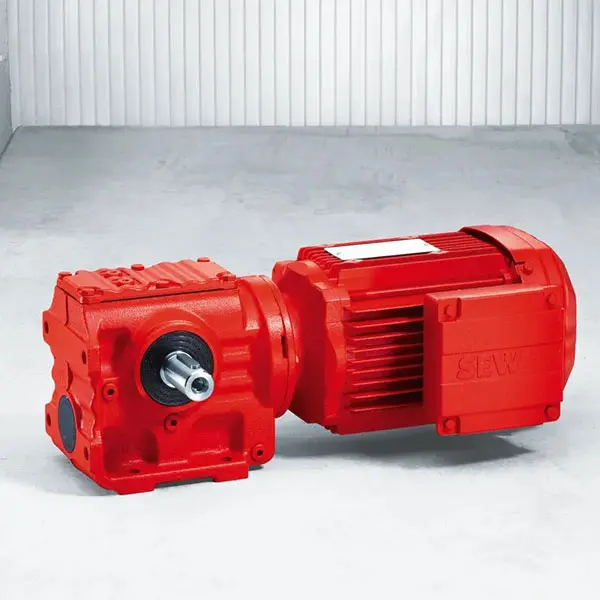 S Series Helical Worm Gearmotor low voltage
S Series Helical Worm Gearmotor low voltage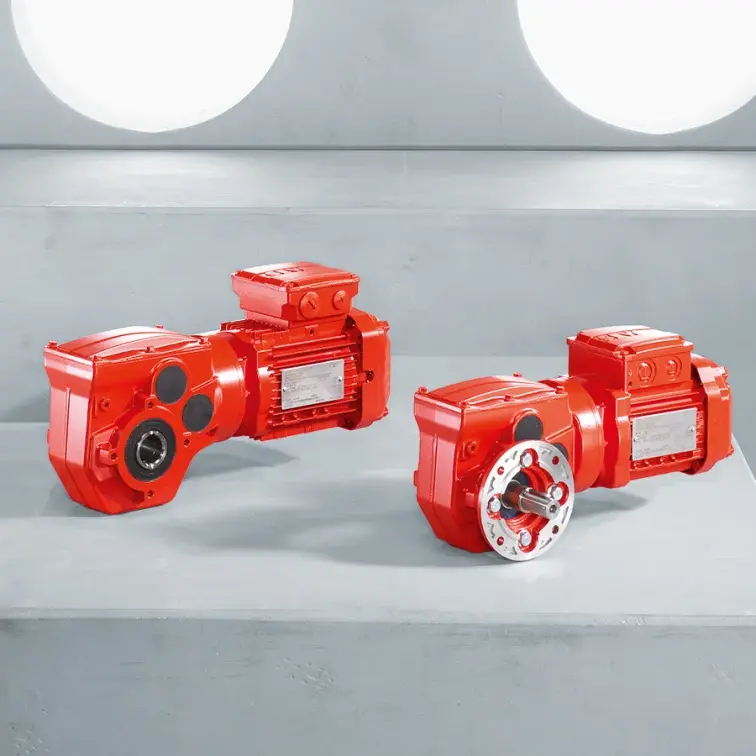 W Series SPIROPLAN® Right Angle Gearmotor
W Series SPIROPLAN® Right Angle Gearmotor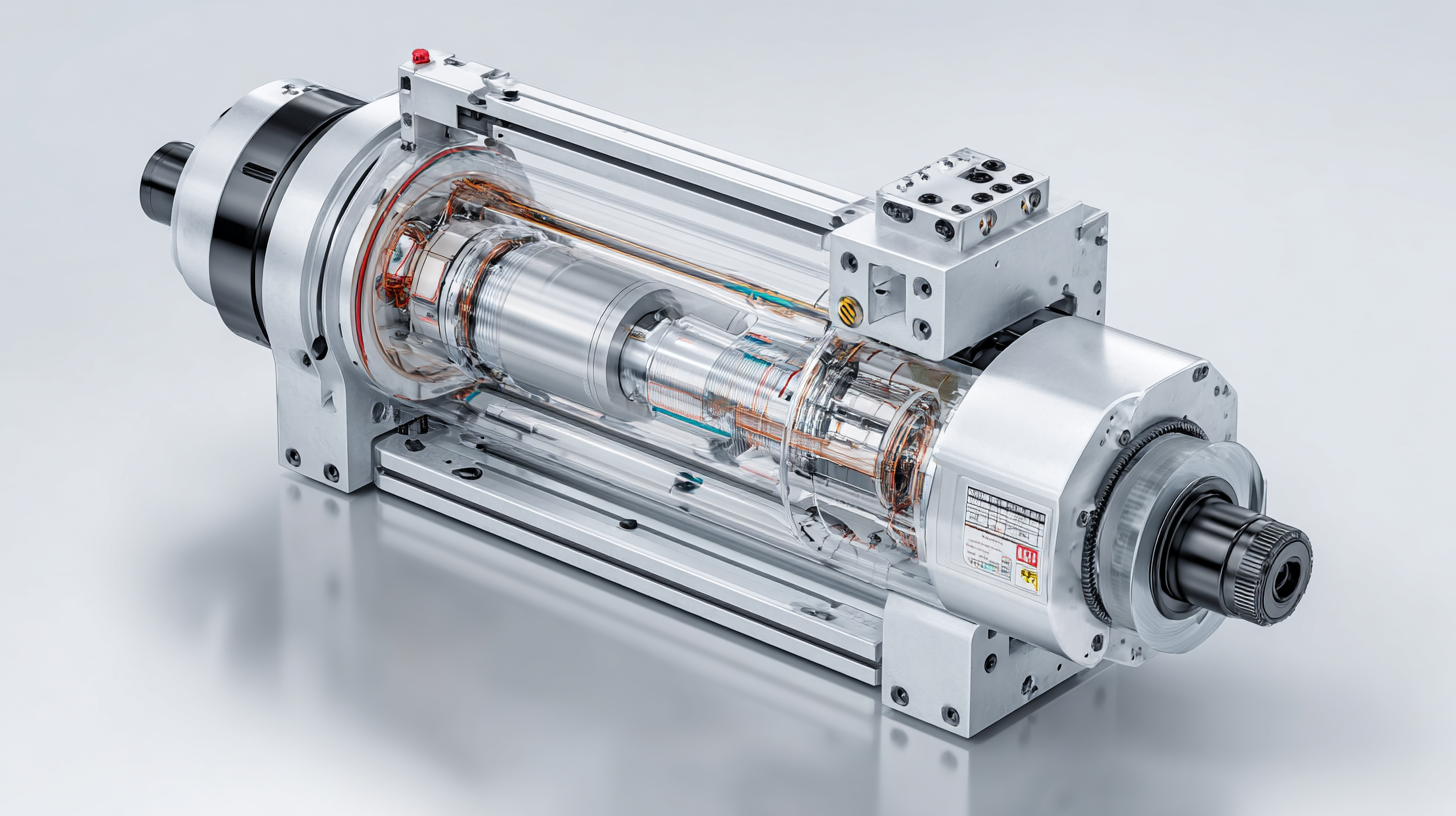
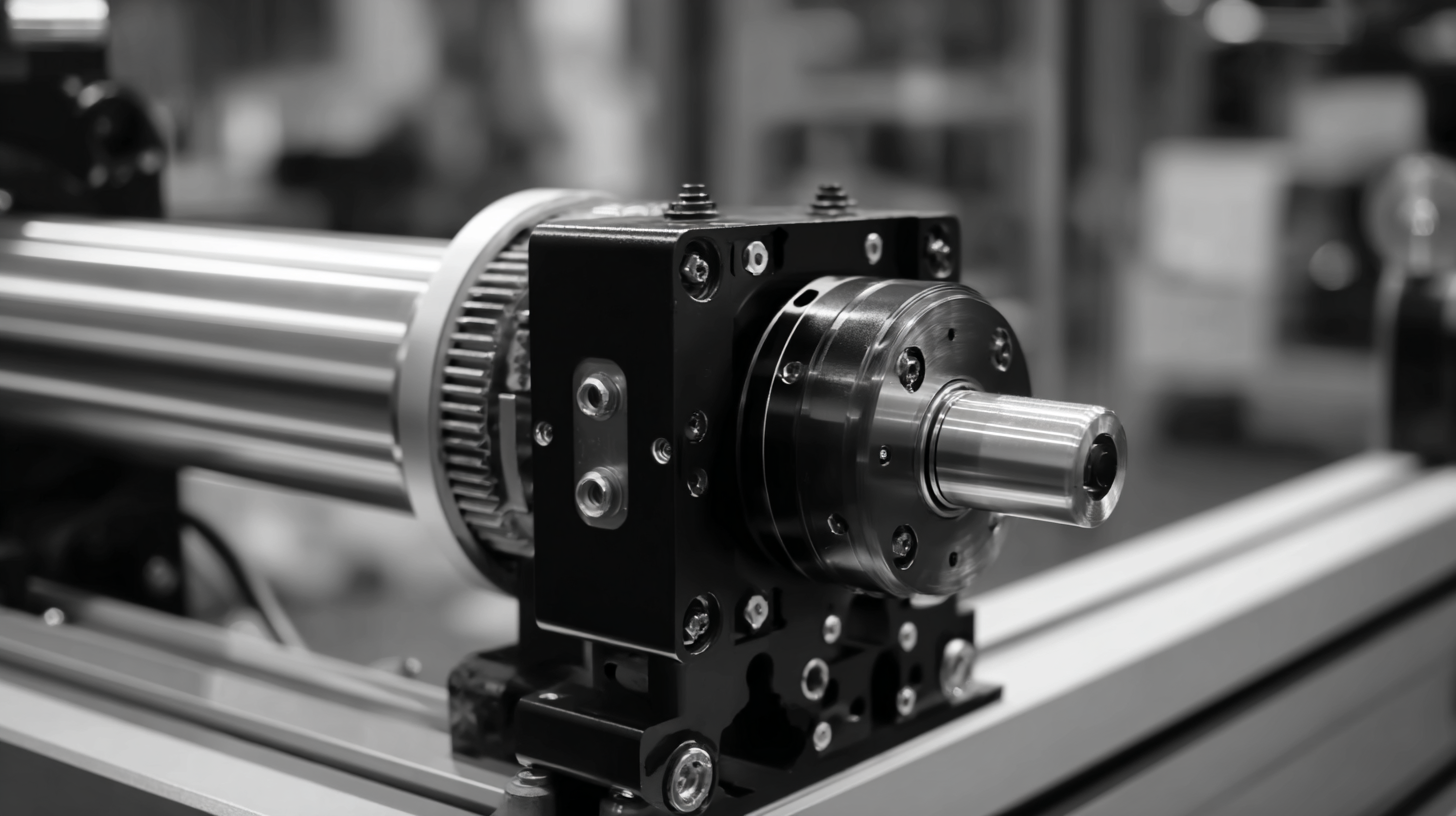 Servo motors are integral components in modern robotics and automation systems, providing precise control of angular position, velocity, and acceleration. These motors operate based on a closed-loop feedback system, allowing them to respond dynamically to input commands. According to a report by Markets and Markets, the global servo motor market is projected to reach USD 11.5 billion by 2026, reflecting their increasing adoption in various applications, including manufacturing, automotive, and consumer electronics.
Servo motors are integral components in modern robotics and automation systems, providing precise control of angular position, velocity, and acceleration. These motors operate based on a closed-loop feedback system, allowing them to respond dynamically to input commands. According to a report by Markets and Markets, the global servo motor market is projected to reach USD 11.5 billion by 2026, reflecting their increasing adoption in various applications, including manufacturing, automotive, and consumer electronics.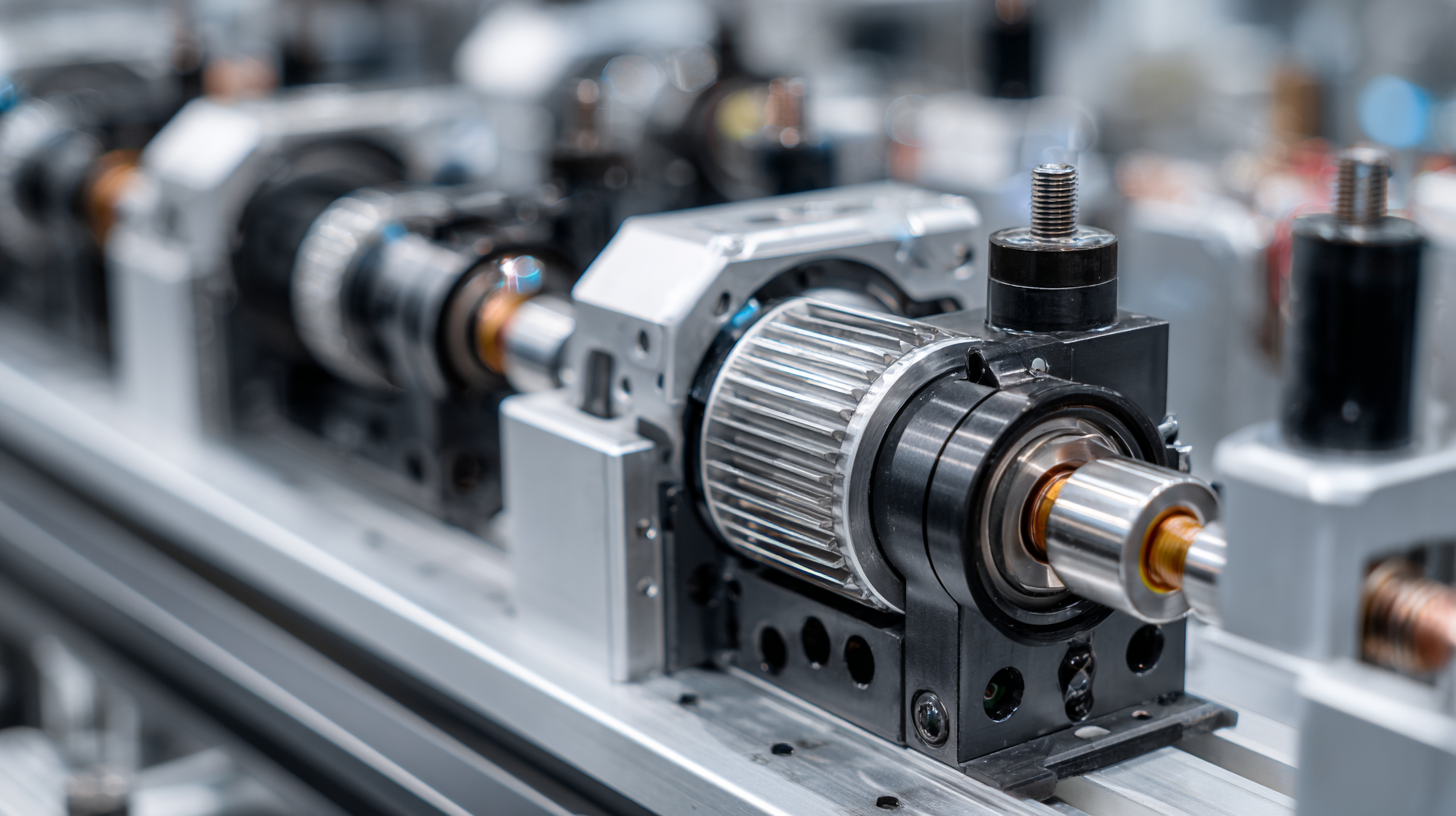 Servo motors are revolutionizing the landscape of modern robotics and automation systems due to their high precision and reliability. In recent years, the demand for servo motors has surged, with the global market projected to reach
Servo motors are revolutionizing the landscape of modern robotics and automation systems due to their high precision and reliability. In recent years, the demand for servo motors has surged, with the global market projected to reach 


